How to Centrally Manage Transfer Tasks for Multiple Client Nodes
December 8, 2022In manufacturing companies or IT departments, the machines and equipment will generate a large amount of data every day, and those data need to be manually migrated or archived. Most companies still do this work manually, which is undoubtedly costly and inefficient.
Raysync centralized task management can help enterprises manage the transfer data of multiple different devices in a unified way, and achieve automatic file transfer without manual on-duty. At the same time, it also uses high-speed transfer technology to improve efficiency.

The system is applicable to enterprises who need to operate a large number of servers, such as computer room administrators, webmasters, operation and maintenance workers, and programmers.
For example, there are two existing Client nodes that need to transfer data to the Server storage, which are represented by Client node A and client node B below.
1. Install the Raysync Client
https://www.raysync.io/pricing/
Install the Raysync Client on Client nodes A and B, and log in to the default server on the Raysync Client.
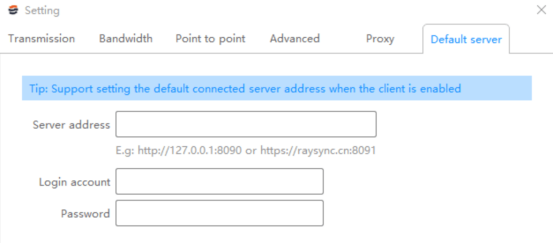
2. Client configuration environment variables
If the transfer directory path of Client node A is F:\log directory
Enter [Advanced system settings] — [environment variable] of Client node A, Click [New] to create an user environment variable. The variable name is log, then the variable value is F:\log.
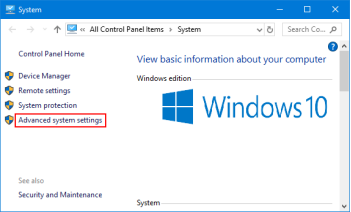
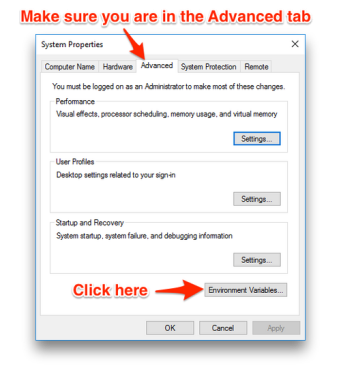

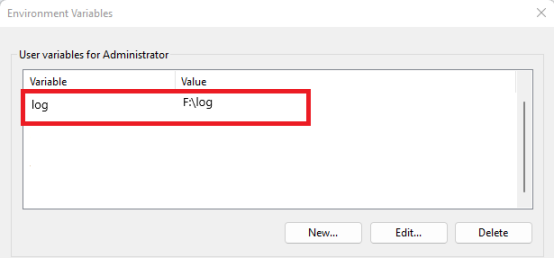
If the transfer directory path of Client node B is the C:\project\log directory
Similarly, Enter [Advanced system settings] — [Environment variable] of Client node B, click [New] to create an user environment variable. The variable name is log, and the variable value is the path C:\project\log. (Environment variable names of all Client nodes must be consistent)
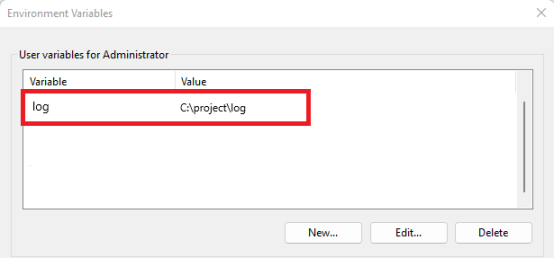
3. Creates centralized timing management transfer tasks
Enter [Admin Portal] - [Transfer Tasks] - [Task list] - [Add], create a centralized scheduled transfer task.
The source path is the path variable name ${log} of the above Client node, the server path is the target storage path to be transferred, then set the time for automatic sync transfer.
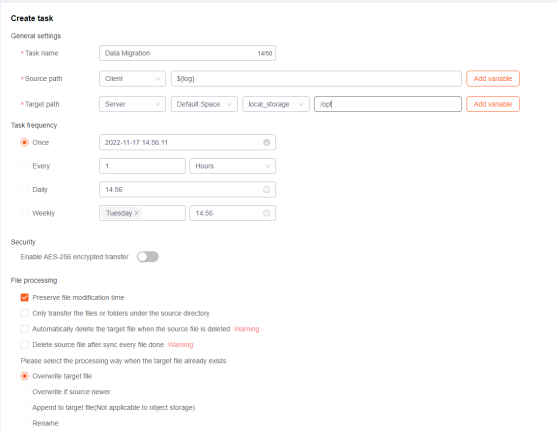
4. Set time to transmit and monitor
After the task is successfully created, it can be automatically transferred to the designated storage every day according to the set time. You can also monitor the transfer progress, transfer status and transfer log of the task in real time.

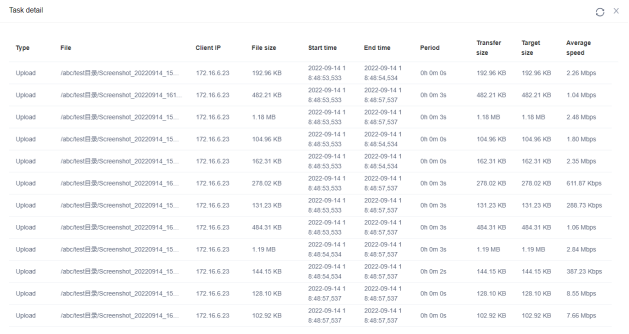
This is how to operate the new features of Raysync, if you need any help, please feel free to contact us.